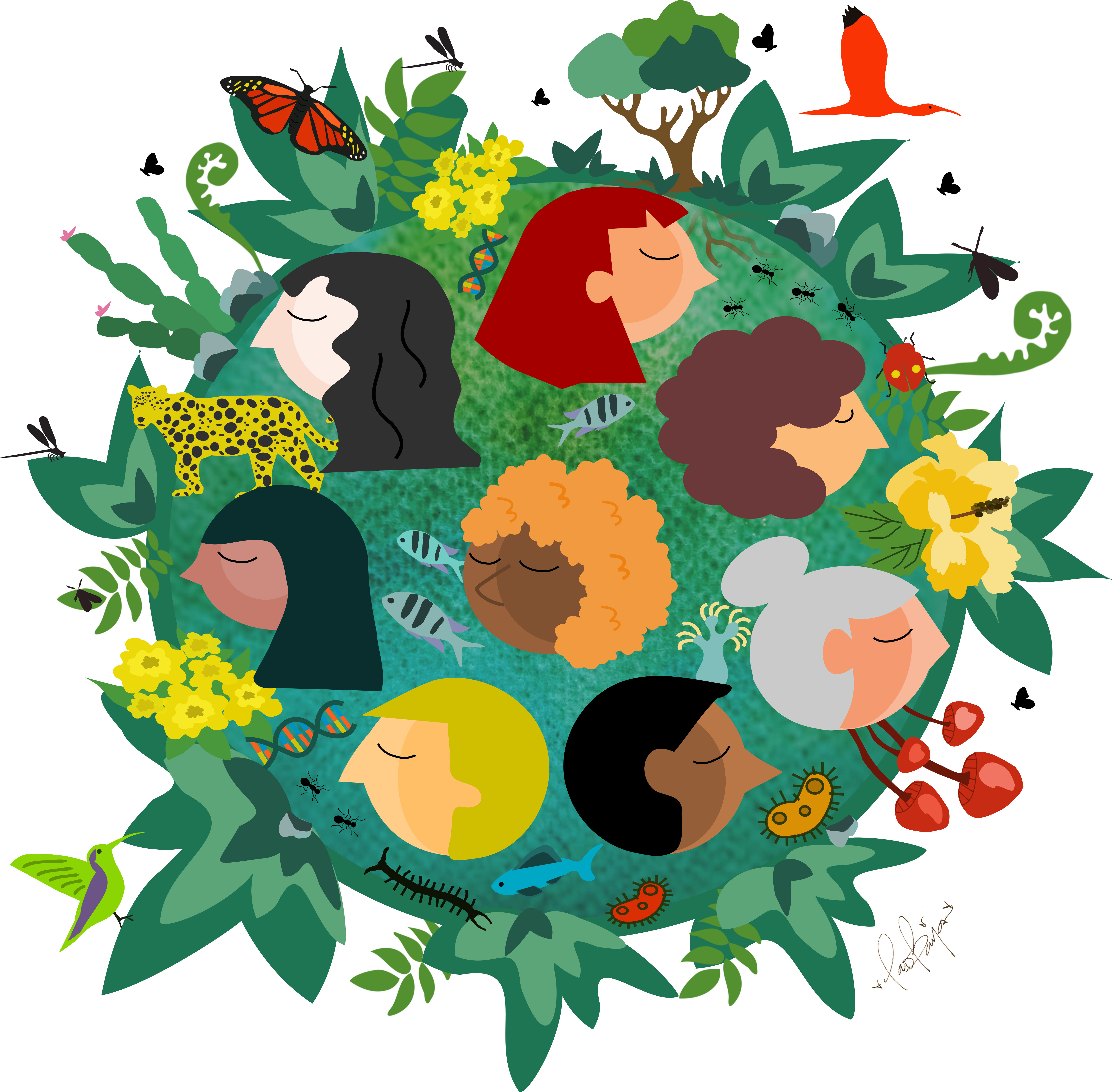As a group of young scientists who ventured from our homelands to pursue careers in biodiversity science in Europe, we found ourselves in a landscape of unparalleled research excellence. The scientific standards of this region are undeniably rigorous, and we are privileged to conduct research within countries with prosperous economies. As migrants, we bring diverse stories and backgrounds from our home of origin to the new places we live in. Several of us come from biologically and culturally mega-diverse countries.
When we began exchanging our impressions and experiences of working in top-tier research institutes, we were soon faced with some striking contradictions. For instance, a large proportion of knowledge produced in globally recognised institutions is often disconnected from the regions under study. The primary causes for this disconnection are disparities in financial resources and limited involvement of researchers from biodiversity-rich regions—areas that are often economically disadvantaged and underrepresented in the biodiversity research landscape—in global networks and applied synthesis science.
From our collective reflection, we identified four main challenges behind this systemic problem: (i) linguistic biases, (ii) undervalued research contributions, (iii) parachute science and extractive practices, and (iv) capacity constraints and accessibility. We decided to address this issue by publishing a set of strategies that aim to solve the problem in the journal Conservation Biology.
Proposed actions to promote more inclusive biodiversity research
Embracing diversity and dismantling systemic barriers to equitable collaboration requires integrated actions directed toward four main stakeholders in biodiversity research: researchers, institutions, funders, and publishers.
Researchers should reflect on their practices and encourage self-reflection among peers. This will increase awareness and promote meaningful, fair collaborations with local researchers from underrepresented regions. Additionally, researchers can improve research practices by broadening the scope of information sources, such as including literature from various languages and citing diverse authors.
Institutions—such as universities and research centres—can establish bridges of cooperation between over and underrepresented regions, and allocate resources for initiatives that reach global audiences, particularly underrepresented researchers.
Academic publishers could support multilingualism and improve the representation of researchers from underrepresented regions on editorial boards. Addressing financial barriers to publishing for low and middle-income countries is another action publishers can take to promote inclusivity.
Finally, funders can impact resource allocation by supporting projects that build networks focused on local researchers and by revisiting research priorities.
We conclude that, regardless of career stage and status, biodiversity research stakeholders can implement these actions to change the status quo and tackle the four main challenges hindering an equitable approach to biodiversity science. Collectively, these actions will have a cascading effect that positively impacts the way we do biodiversity research.
Further Reading:
Valdez, J., G. Damasceno, R. R. Oh, L. C. Quintero Uribe, M. P. Barajas Barbosa, T. Ferreira Amado, C. Schmidt et al. 2024. Advancing inclusive biodiversity research: Strategies for equitable practices and collective impact. Conservation Biology 38(6): e14325. https://doi.org/10.1111/cobi.14325.






